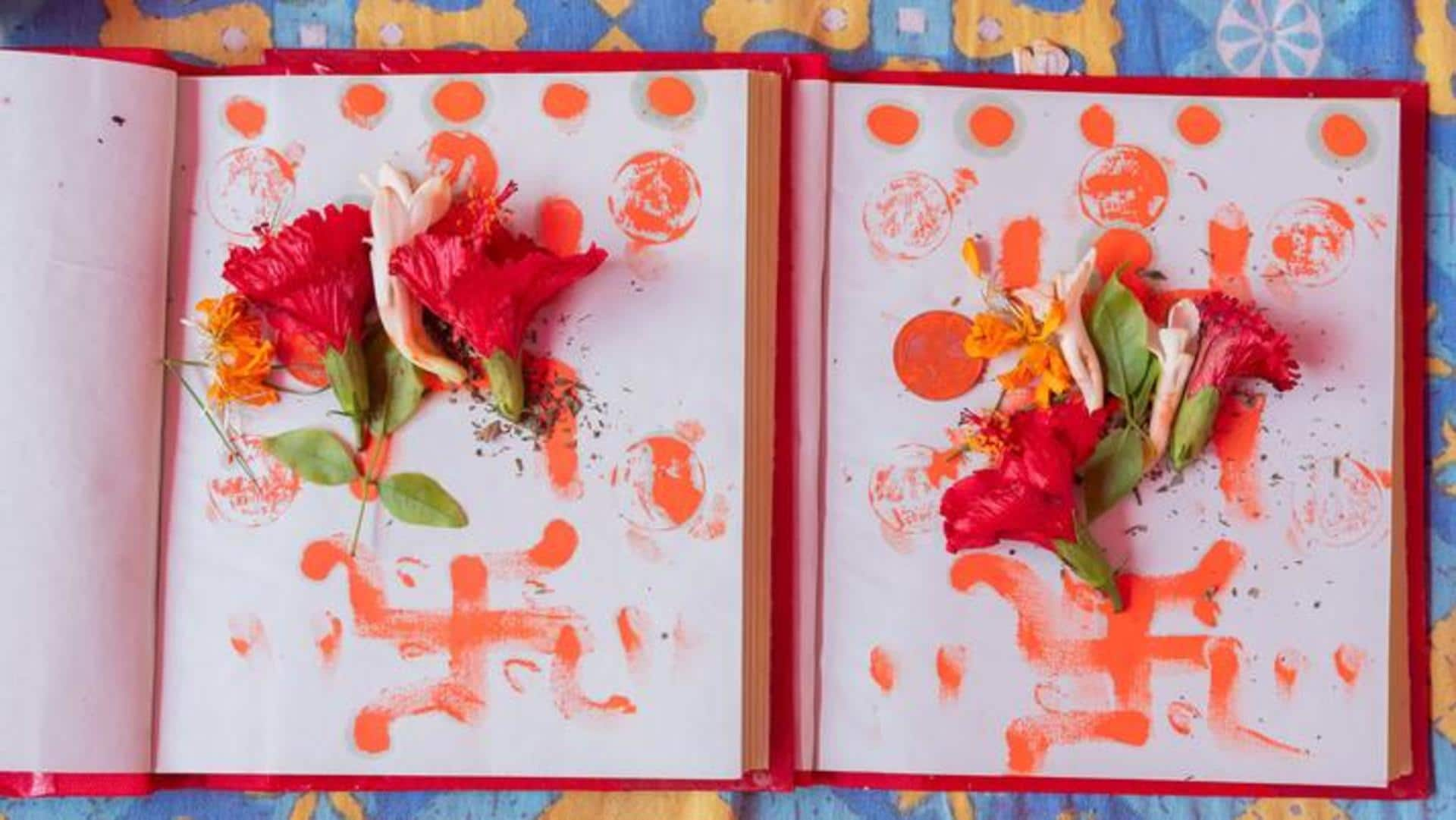
Do you know about these rituals related to Pohela Baishakh
What's the story
Bengali New Year or Pohela Baishakh is not just a festival welcoming a new beginning, but an emotion among Bengali people. This year, the festival will be celebrated on April 15 in the states of Tripura, West Bengal, Jharkhand, and Assam, and on April 14 in Bangladesh. Here are various rituals related to Pohela Baishakh, that mark the beginning of a joyous new year.
Bangla new year
History and origin of 'Noboborsho'
As per some sources, the festival was introduced during the rule of Mughal Emperor Akbar to coincide the tax year with the harvest, and the new year was termed Bangabda. On the contrary, some historians believe the Bengali calendar dates back to the 7th-century king Shashanka. The word 'Bangabda' (Bangla year) has been found in Shiva temples several centuries before Akbar's reign.
Bengali tradition
Halkhata: The quintessential Pohela Baishakh tradition
Followed by business enterprises across West Bengal, halkhata is a tradition of opening a new red-colored business ledger. The tradition originated in the Mughal era during which the concept of Halkhata Mahurat was followed to involve collecting back taxes in line with the harvest cycle. Shops are decorated with lights and flowers on this day, and sweets are distributed to invited customers.
Rural areas
Pohela Baishakh fairs
Pohela Baishakh fairs are mostly organized in rural areas of Bengal to celebrate the traditional festival with pomp and galore. People wear new clothes on this day and visit these fairs to welcome the new year. These fairs are usually organized by clubs and committees of the West Bengal Government. Patrons buy Bengal's specialty products like Kantha work and bamboo handicrafts from these fairs.
New clothes
The day is associated with wearing new clothes
Wearing new clothes is one of the most important traditions of Pohela Baishakh as it marks a fresh start for all Bengalis. Bengali men usually wear traditional punjabi and dhoti on this day while Bengali women wear athpoure saree with classic gold jewelry and a sleek flower-adorned bun. Apart from clothes, Bengalis also buy cookware, decor items, and puja items on this day.
Bengali rituals
Buying a panjika
Panjika is an almanac that includes auspicious dates, lunar days, traditional Bengali rituals, astrological advice, and the change of seasons. This slim pink cover manual is a bestseller during this time of the year. Priests use this book to calculate dates for weddings and other auspicious occasions. All Bengali households purchase a brand new panjika on this day to plan the upcoming year accordingly.
Gifts
Exchanging gifts and having traditional Bengali food
People distribute sweets and often new clothes among friends and families. Greeting cards are also shared among loved ones wishing them "Shubho Noboborsho" (happy new year). Eco-friendly traditional handicrafts are also exchanged among people. Traditional Bengali food and thalis are also prepared during this time of the year that includes luchi, aloo posto, daab chingri, kosha mangsho, basanti pulao, fish curry, and payesh.